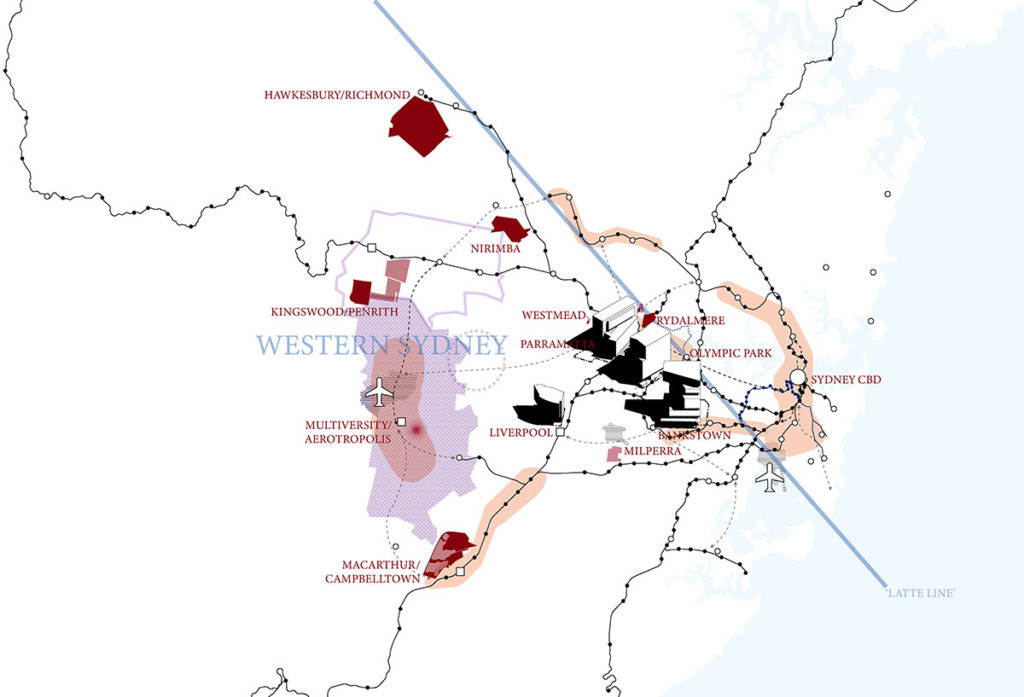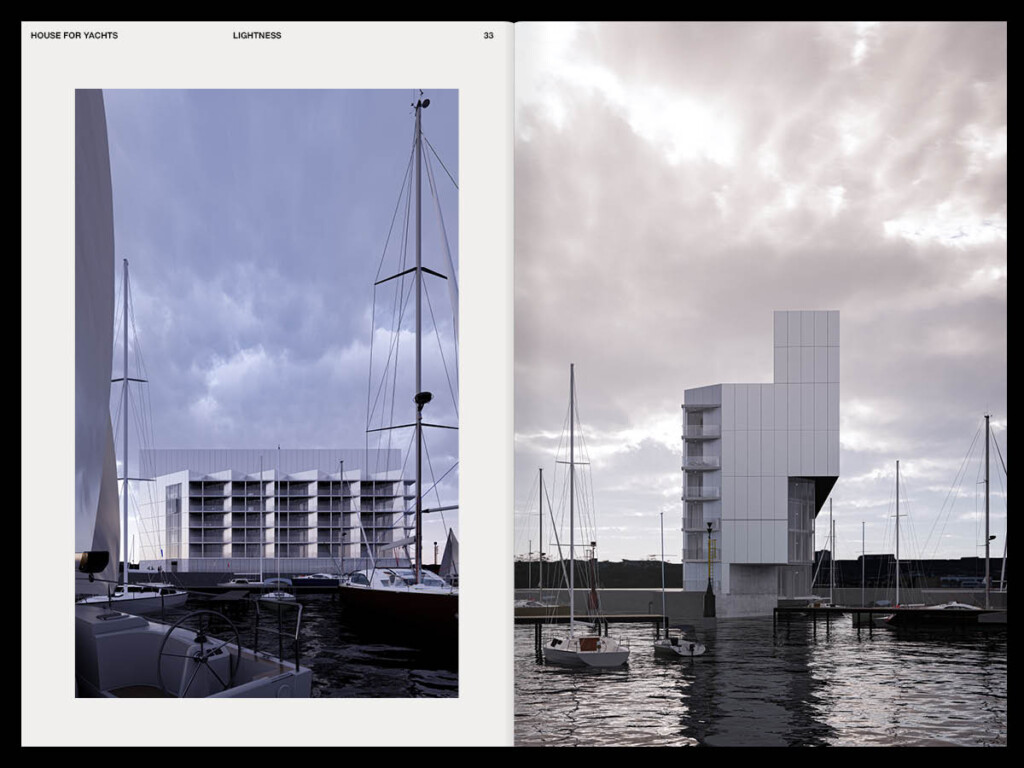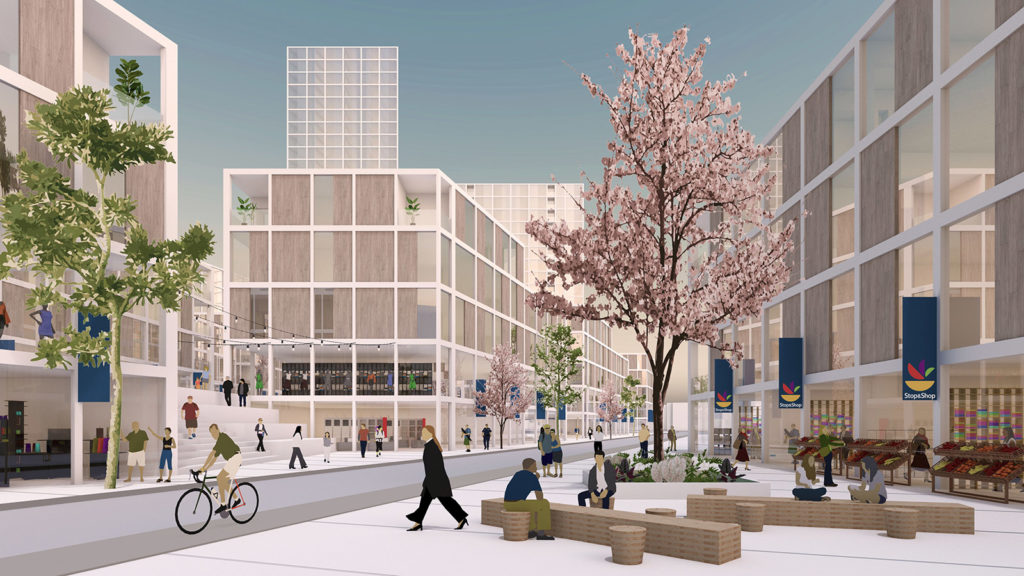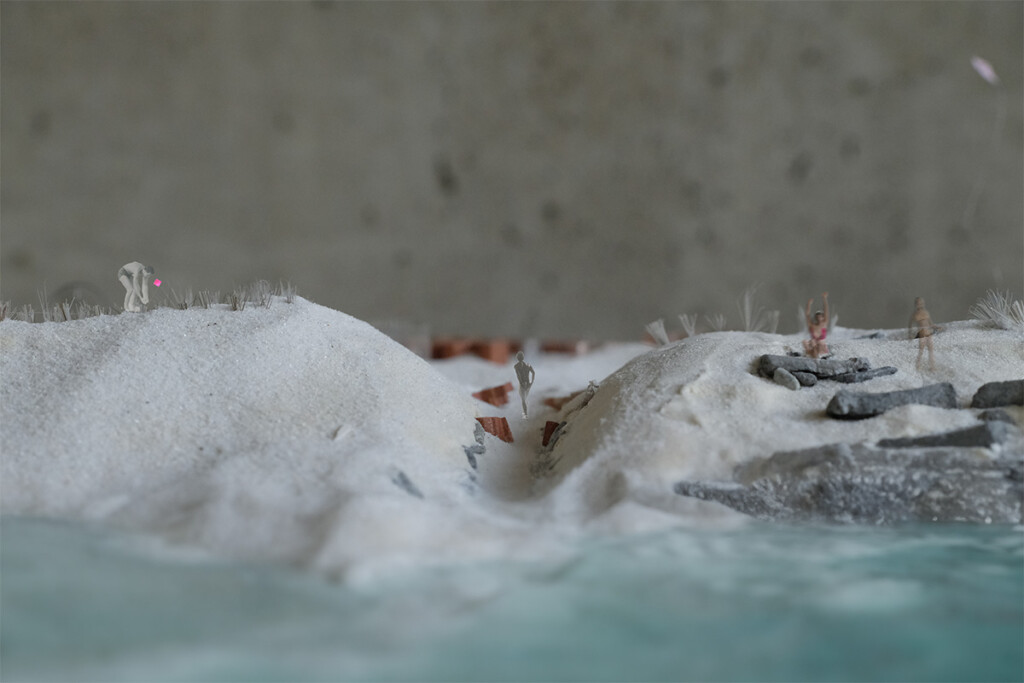Master of Architecture in Urban Design / Master of Landscape Architecture in Urban Design
Master of Architecture in Urban Design / Master of Landscape Architecture in Urban Design
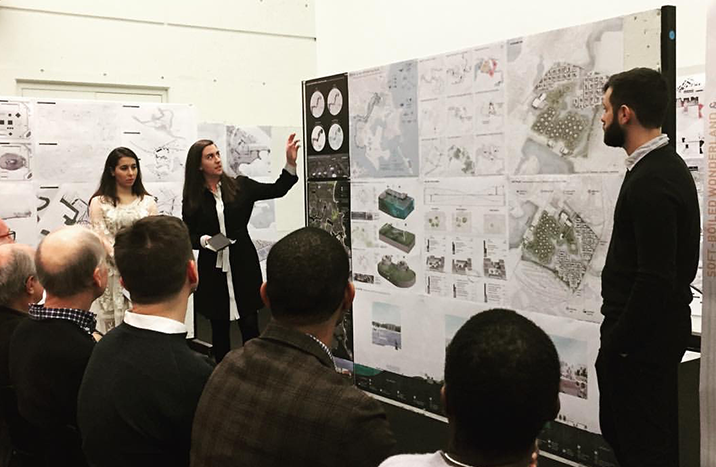
Important Dates
January 5, 2026
Master of Architecture in Urban Design / Master of Landscape Architecture in Urban Design
On this page
As a post-professional studio based program, the Master of Architecture in Urban Design (MAUD) and the Master of Landscape Architecture in Urban Design (MLAUD) combines intense design instruction, extensive applied research, and knowledge of urban history and theory.
Taking advantage of the remarkable international makeup of the faculty and student body, the MAUD/MLAUD program establishes a common intellectual ground among architects who have a strong interest in engaging the practice and theory of contemporary urbanism.
Conceived as a two-year (four-semester) program, the MAUD/MLAUD core curriculum includes the Elements of Urban Design Studio and the Urban Design Contexts and Operations seminar in the fall, followed by an Urban Planning and Design Studio and the Cities by Design seminar in the spring. An otherwise flexible academic path in each of the four semesters allows students to engage in advanced studios and elective courses across all three GSD departments as well as other schools at Harvard and MIT. The curricular structure also encourages advanced research and the possibility to develop an individual elective thesis.
program overview
The MAUD/MLAUD program introduces post-professional students, already trained in architecture or landscape architecture, to the critical concepts, strategies, and technical skills associated with contemporary Urban Design research and practice. Through studio and coursework, students are challenged to imagine new formal and organizational strategies for the delivery of housing, infrastructure, and a democratic public realm by taking on issues of inequality, climate change, the environment, and public health. Through history and theory lecture courses, seminars, and research projects, students engage a range of critical frameworks and conceptual models for understanding the complex socio-spatial dynamics of urban design practices and the technological, institutional, and political contexts in which they operate over time and across cultures and geographies.
Since the emergence of Urban Design as a modern practice in the 19th century and its establishment as a distinct field of study at Harvard in 1960, the scope and ambition of Urban Design has significantly expanded. As cities grow and diversify, so does the landscape of urban and peri-urban conditions. Globally, the expansion and transformation of metropolitan regions have introduced new scales and urban archetypes, producing an even wider range of local characteristics, cultural identities, and community needs requiring attention and resolution. This increase in formal, social, economic, and environmental complexity has further complicated the field of urban design, shifting the geography and focus from rigid specialization in primarily western contexts to trans-disciplinary and internationally varied processes that embrace complexity and anticipate change.
During their two years of study, students develop the necessary literacies to critically engage with, interrogate the character, and transform the form of complex built environments. In addition to diverse course offerings, numerous research opportunities with faculty further enrich a dynamic and exciting learning environment for exploring and advancing meaningful responses to the challenges of our time.
Four terms of full-time study in residence are required for award of the degree. Under special circumstances, students may receive permission to reduce their course loads and extend their studies over a longer period. Concurrent and joint degree candidates must consult the rules governing concurrent and joint degrees for information on residency requirements.
Please note that the MAUD/MLAUD program is designated as a STEM program. Accordingly, international students holding F-1 visas may be eligible for a 24-month Optional Practical Training (OPT) extension on top of their initial OPT of 12 months, for a total of 36 months, following graduation. Each F-1 student must petition United States Citizenship and Immigration Services to approve the 24-month STEM extension, and Harvard does not represent or warrant that USCIS will grant any individual petition.
STUDENT pROJECTS
-
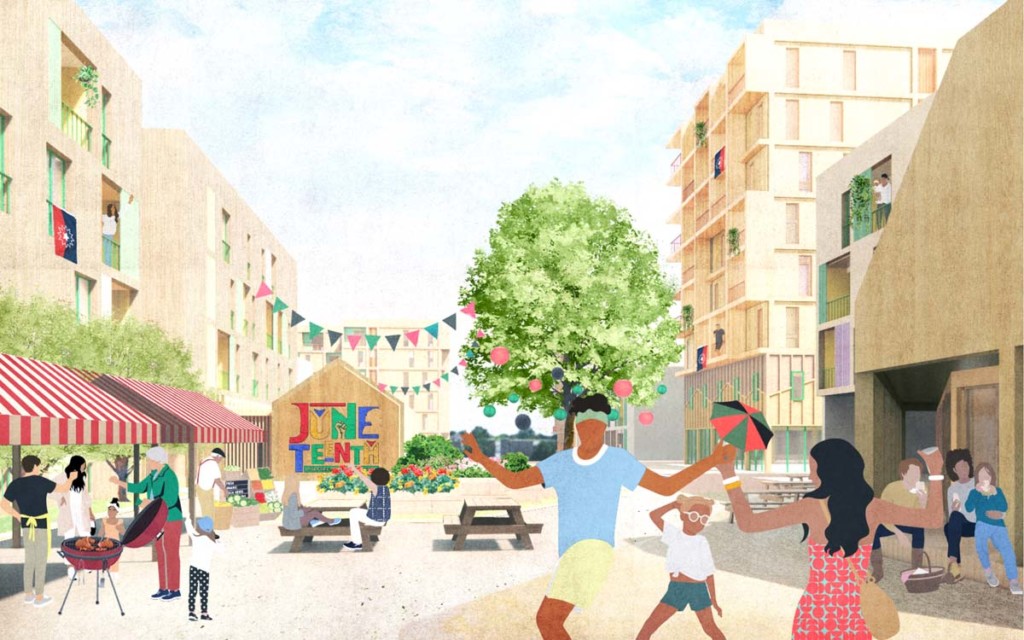
Bracing Peter Bracy
Hana Cohn (MLA I '24), Youngju Kim (MAUD ’23), Arami Matevosyan (MDes ’22), Naksha Satish (MAUD ’22), Gina Ford, Rhiannon Sinclair -
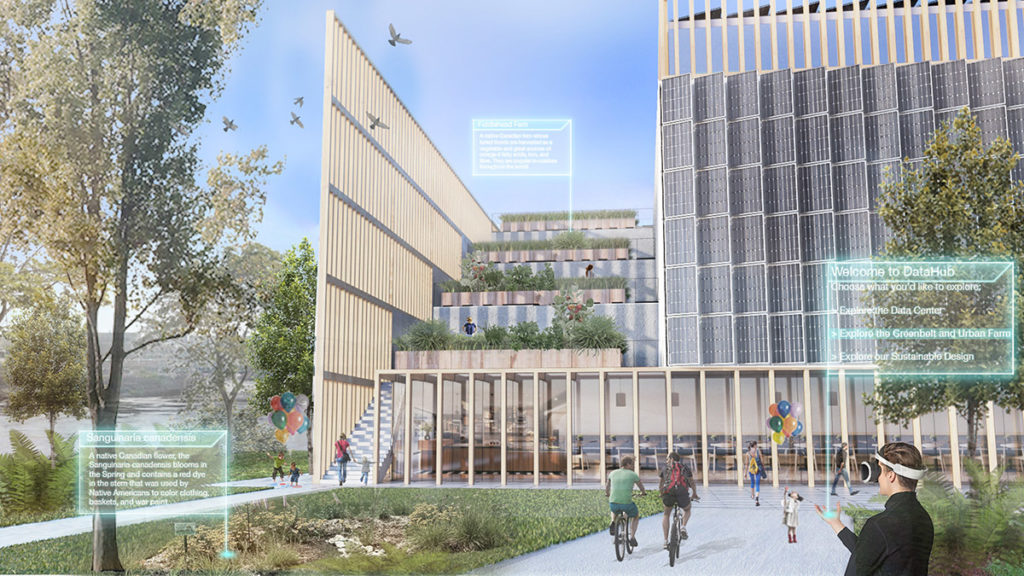
Building a Scalable Business in Data Centers
Sarah Fayad (MLAUD ’20), Ian Grohsgal (MArch I ’21), Dixi Wu (MDes/MArch I ’22), Frank Apeseche, Holly Samuelson -
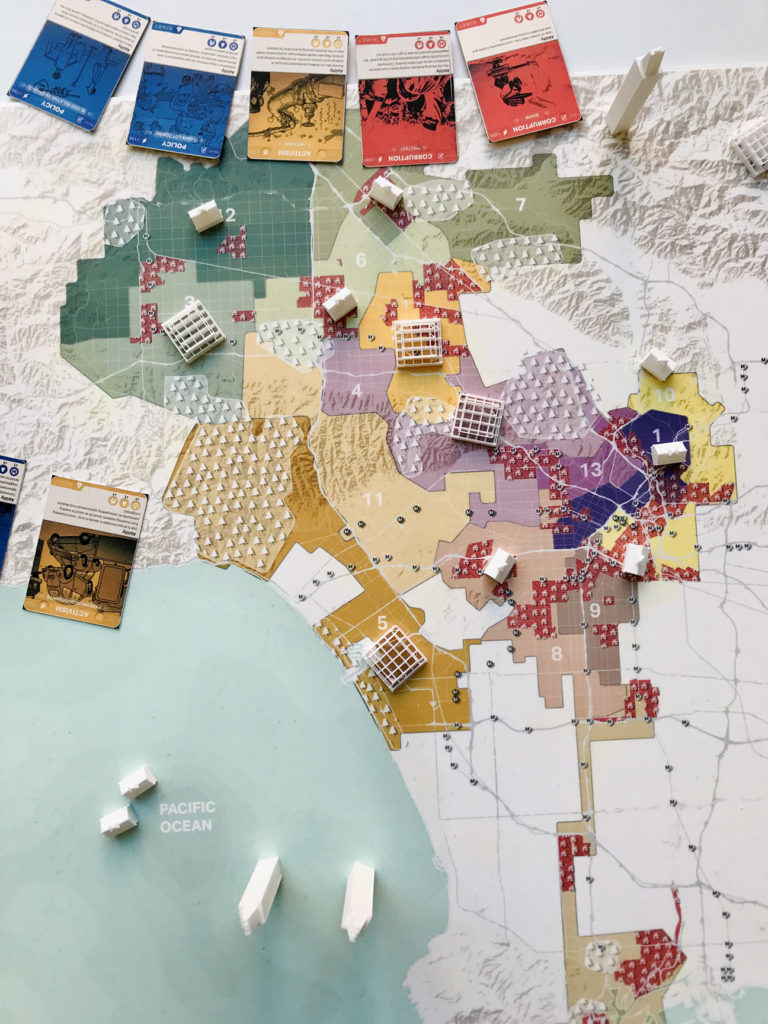
Equity in Housing Distribution
Sarah Fayad (MLAUD ’20), Daniel D’Oca -
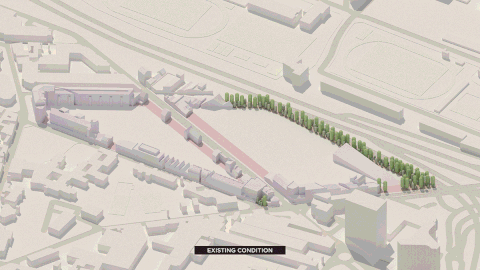
Le Circuit Périphérique
Jorge Ituarte-Arreola (MAUD '21), Alex Kozak (MDes '21), Melissa Ponce (MDes '21), Bing Wang -
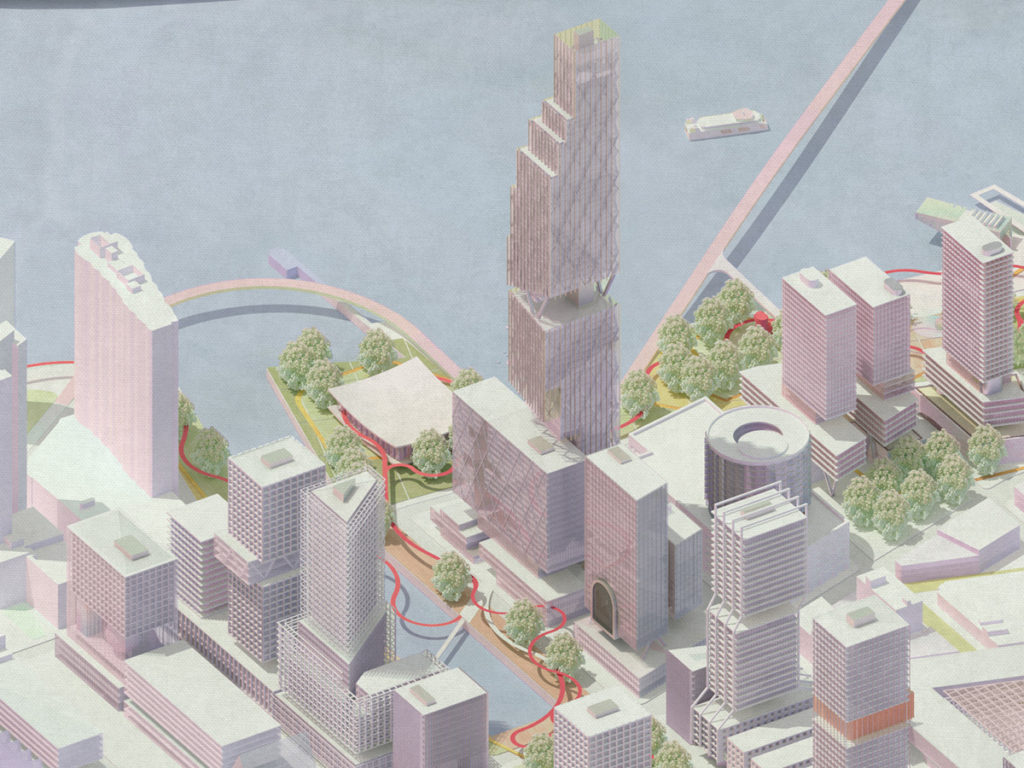
Re-Thinking LIC
Aeshna Prasad (MAUD '21), Isaac Tejeira (MAUD '22), Michael Samuelian -
-
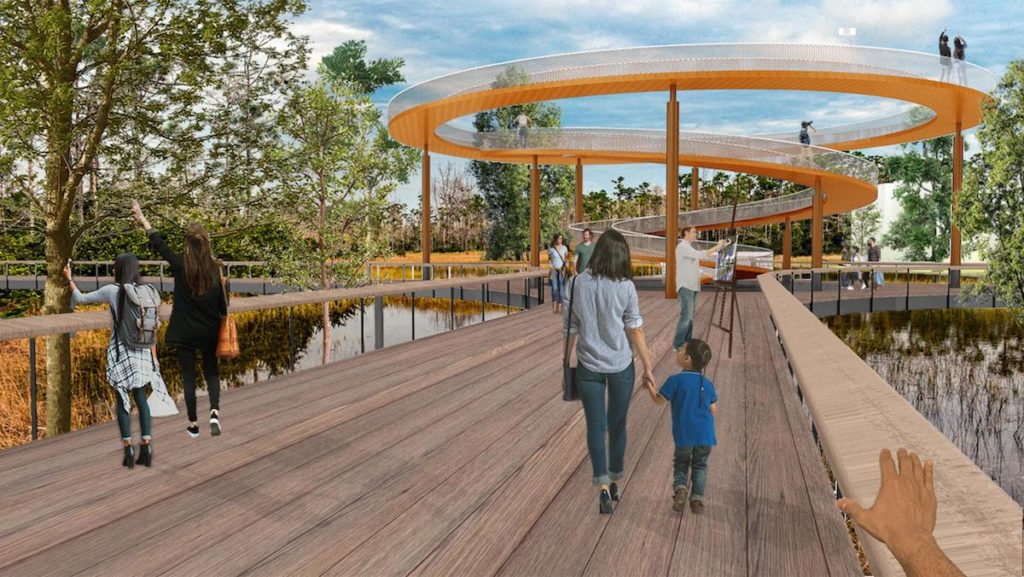
Oasi Plaza
Zehui Gong (MAUD ’20), Jing Hai (MAUD ’20), Daisha Martin (MUP ’20), Sidharth Somana (MDes ’21), Richard Peiser -
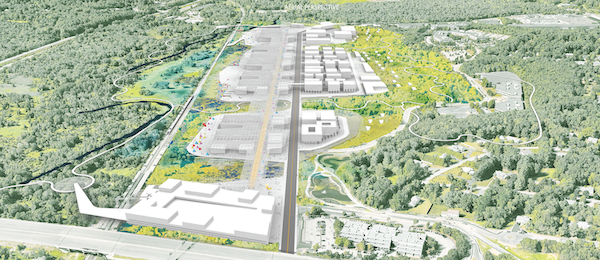
Terra Fluxus
Shizheng Geng (MAUD '21), Youngju Kim (MAUD '21), Julia Watson -

Hea-R-Us
Tatum Lau (MAUD '19), Xin Wen (MAUD '20), Cindy Xiao (MAUD '20), Jose Luis Vallejo -
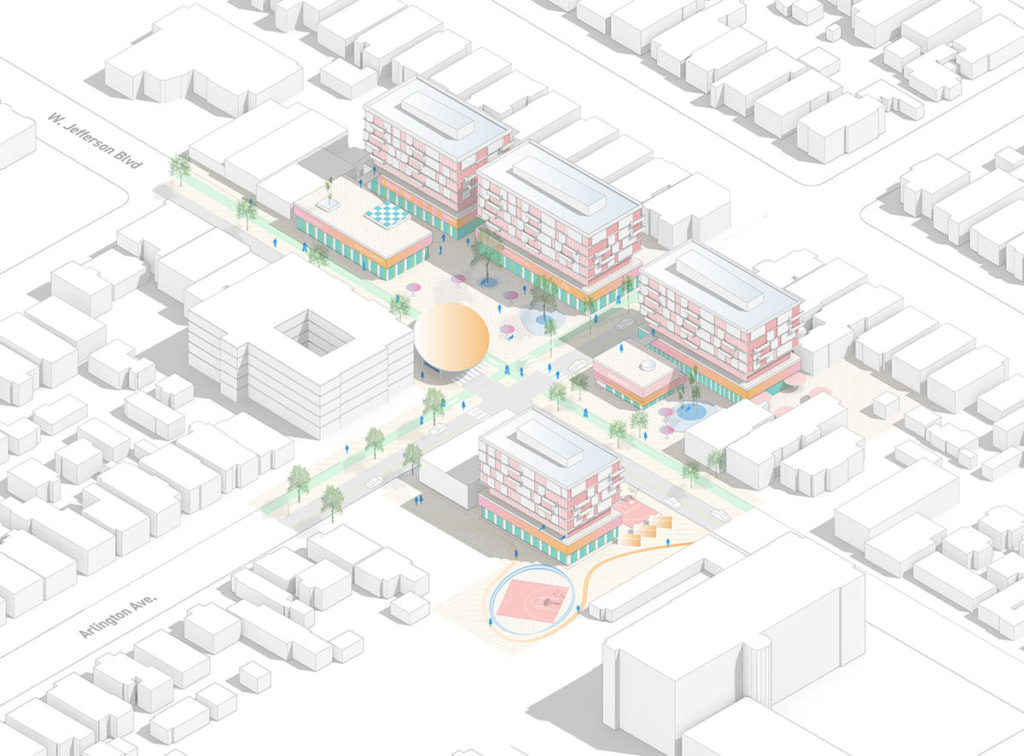
Change the Street, Transform the City
Yuzhou Andrew Peng (MAUD '19), Solomon Green-Eames (MUP '19), Andres Sevtsuk
Master of Architecture II
Master of Architecture II
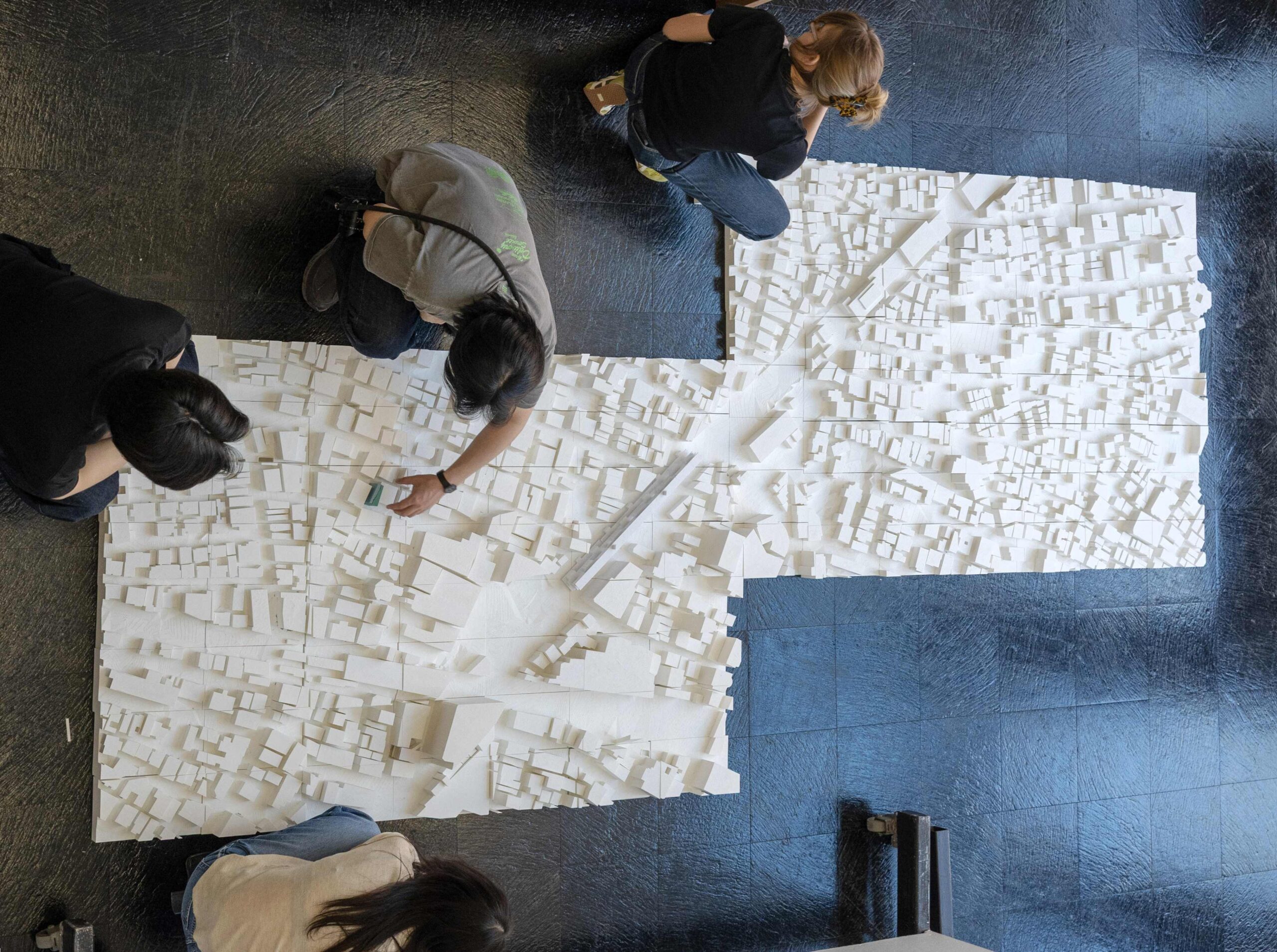
Important Dates
January 5, 2026
Master of Architecture II
On this page
The program leading to the Master of Architecture II (MArch II) is a post-professional degree intended for individuals who have completed a five-year undergraduate professional program in architecture or its equivalent.
The course of study extends the base of knowledge of the professional field through graduate study with particular emphasis on design. Students advance and expand their theoretical and analytical skills and strengthen disciplinary knowledge. A minimum of one-half of the electives in the student’s curriculum must be from courses offered by the GSD.
Program overview
Individuals who have completed a comprehensive five-year professional bachelor of architecture degree or its equivalent, demonstrating high achievement in design, are eligible for admission. Programs leading to post-professional degrees do not need to be accredited, as applicants would normally have already completed the degree required for certification.
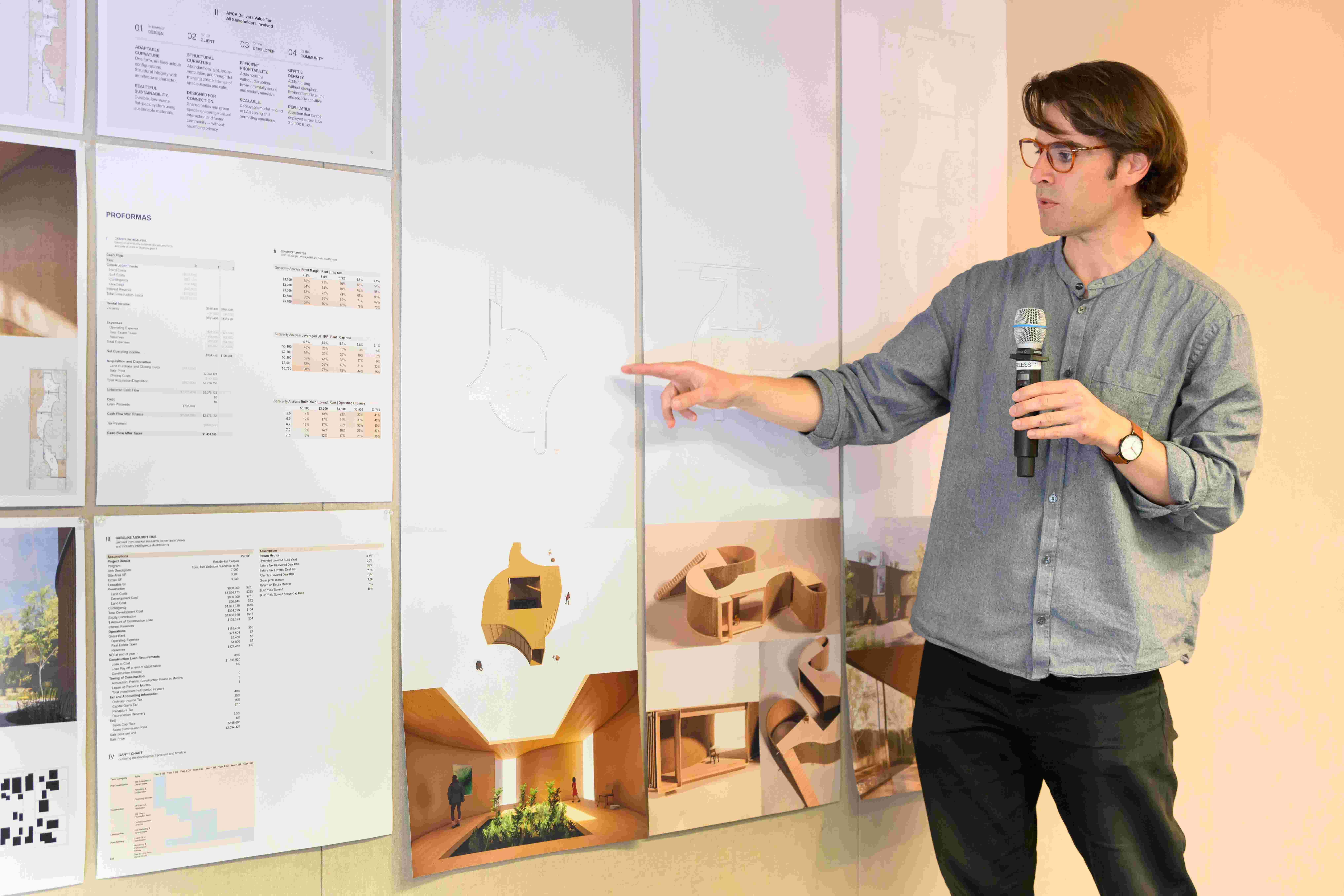
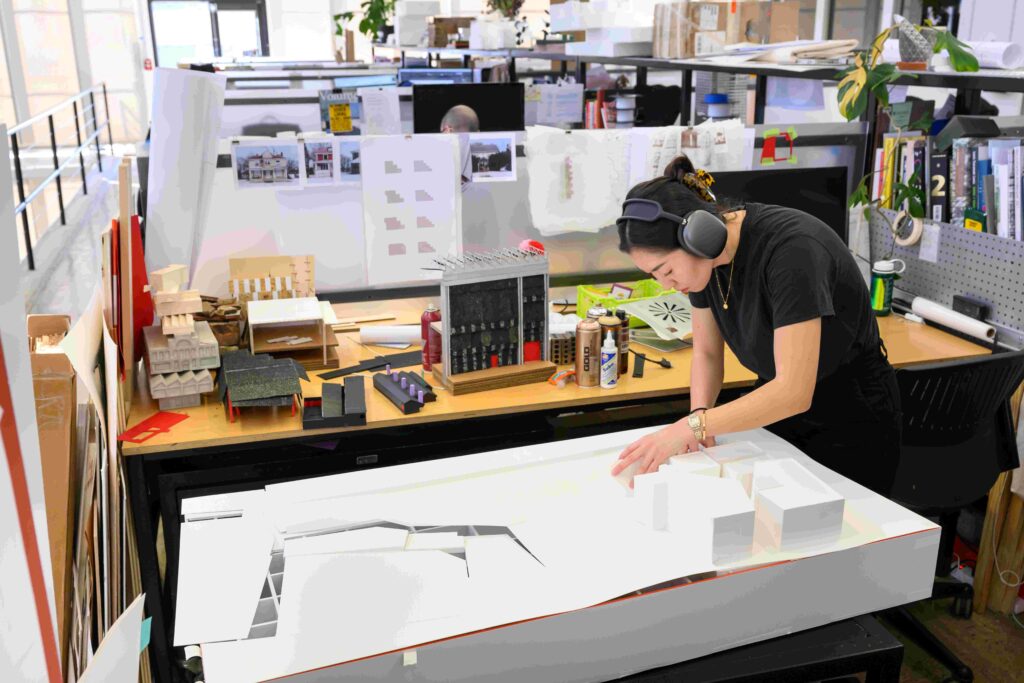
A minimum of four terms of full-time study in residence is required for award of the degree.
Please note that the MArch program is now designated as a STEM program. Accordingly, international students holding F-1 visas may be eligible for a 24-month Optional Practical Training (OPT) extension on top of their initial OPT of 12 months, for a total of 36 months, following graduation. Each F-1 student must petition United States Citizenship and Immigration Services to approve the 24-month STEM extension, and Harvard does not represent or warrant that USCIS will grant any individual petition.
STUDENT PROJECTS
-
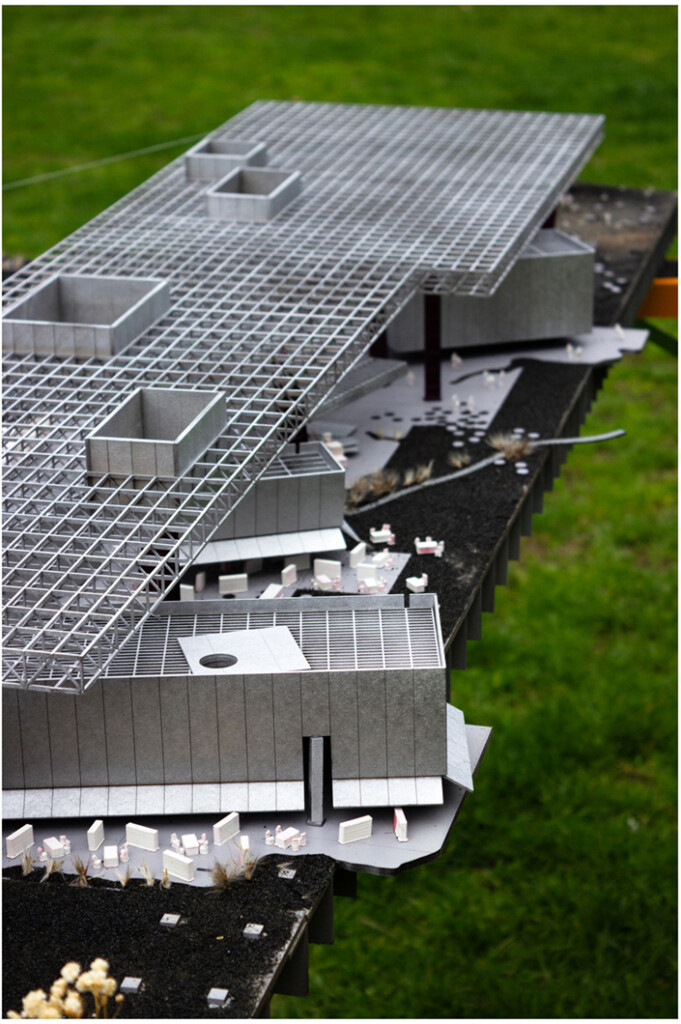
The Only Way Out is Through: Architecture, Building and Our Entangled Present in Gary, Indiana
Connor Daniel Gravelle (MArch II ’25), Eric Höweler -
-
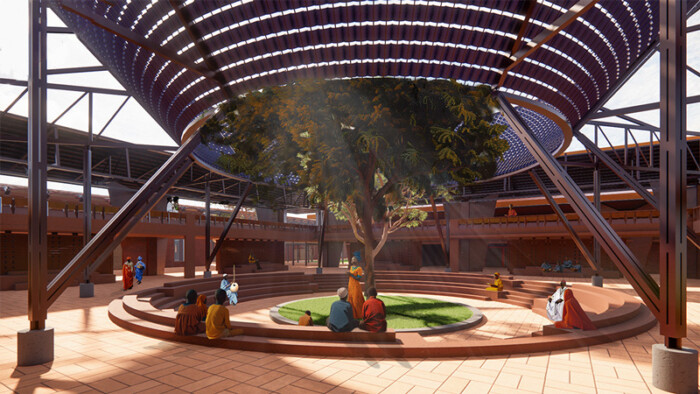
KEUR FÀTTALIKU — The House of Recollection
Mariama Muhammadou Modou Kah (MArch II ’24), Mohsen Mostafavi, Rahul Mehrotra -
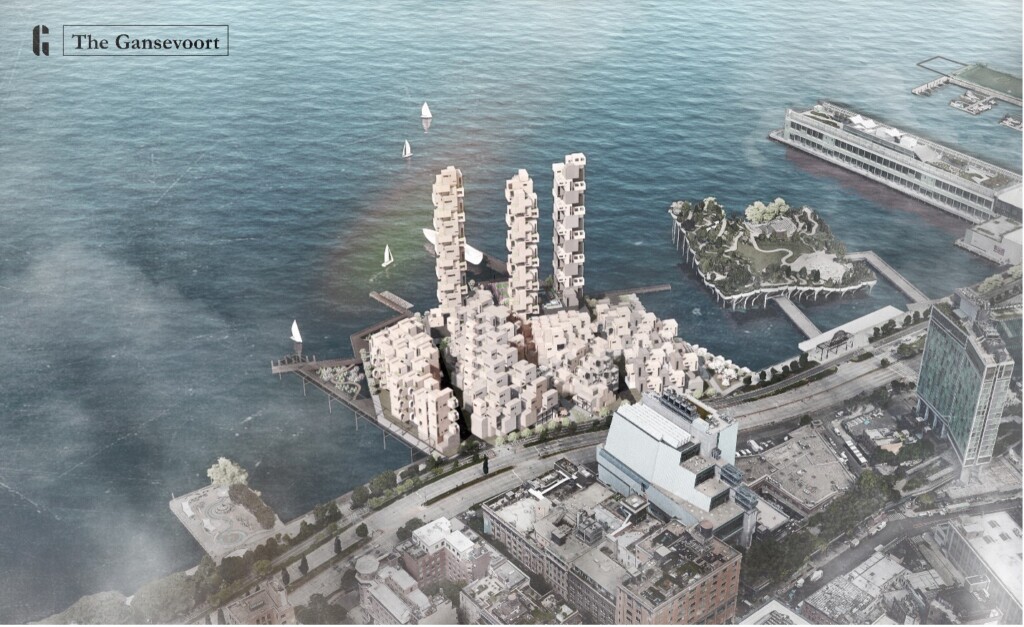
The Gansevoort: Design for Longevity
Xinxin Cheryl Lin (MArch II ’24), Vivian Cheng (MAUD ’23), Pinyang Paul Chen (MRE ’24/MLAUD ’23), Ben van Berkel, Dana Behrman -
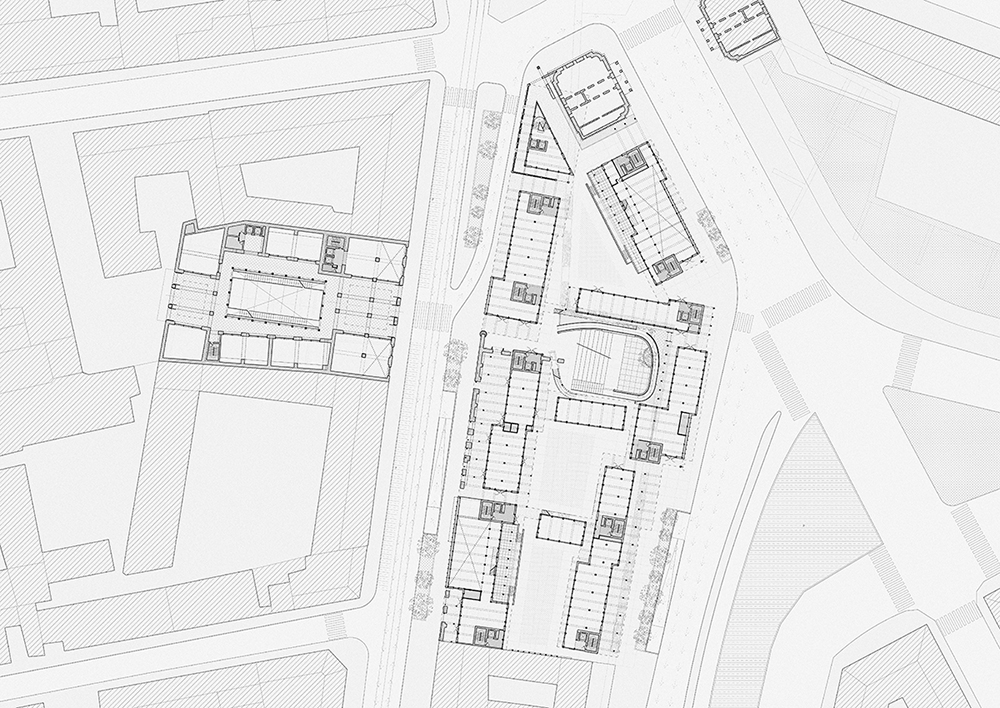
Boundaries of Everyday: walls to voids, voids to solids, solids to walls
Deok Kyu Chung (MArch II ’23), Lyndon Neri, Rossana Hu -
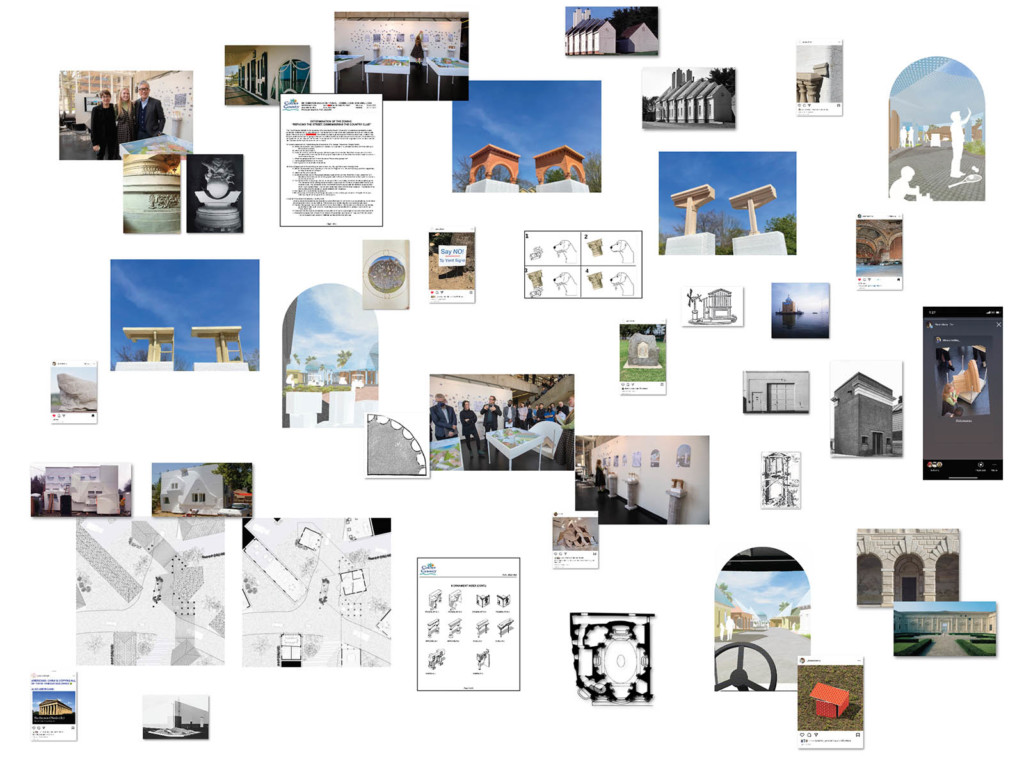
There Goes the Neighborhood
Remi McClain (MArch II ’22), Erika Naginski -
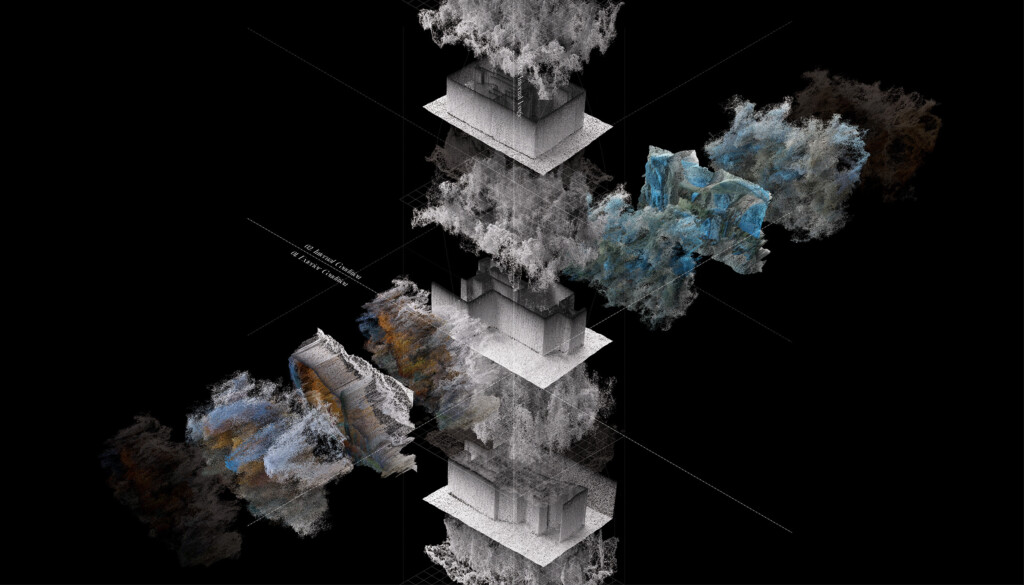
Multimodal Architecture: Applications of Language in a Machine Learning Aided Design Process
George Guida (MArch II '22), Andrew Witt, Jose Luis Garcia del Castillo Lopez -
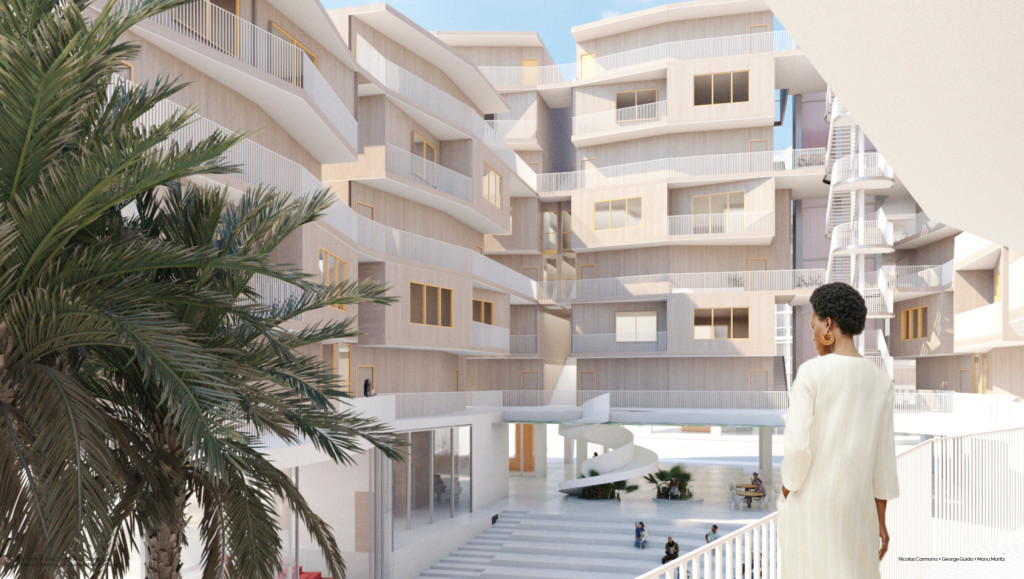
Miami Gateway
Nicolas Carmona (MArch II '22), George Guida (MArch II '22), Manu Moritz (MDes '22), Elizabeth Whittaker, Corey Zehngebot -

Parallel History
Hanh Nguyen (MArch II/MLA I AP ’21), Gary R. Hilderbrand -
Master in Landscape Architecture II
Master in Landscape Architecture II
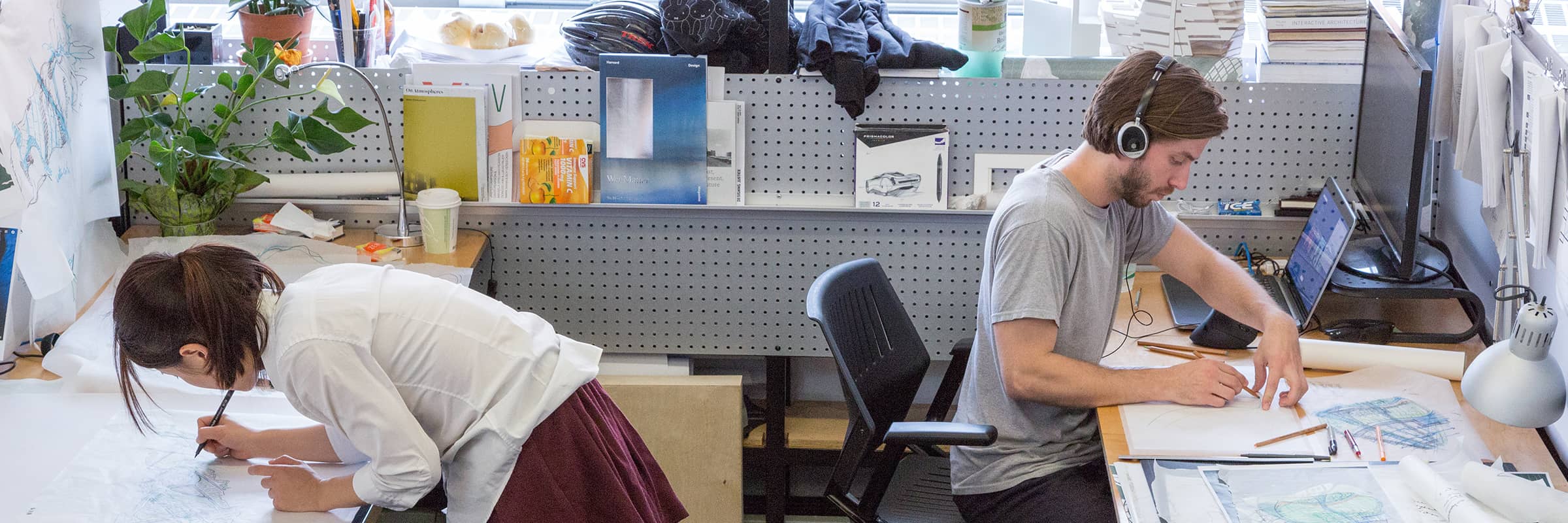
Important Dates
January 5, 2026
Master in Landscape Architecture II
On this page
The two-year, post‐professional Master in Landscape Architecture (MLA II) degree program stream is for those who hold an undergraduate professional landscape architecture degree or its equivalent.
The MLA II augments that professional preparation with a particular emphasis on the design of the built environment at the intersection of urbanization and ecology, providing those who have already demonstrated professional competence with the opportunity to advance their critical, theoretical, representational, and technical skills through design.
The program of study for the MLA II includes a strong one semester core curriculum that includes studio and courses in representation, theories of urbanism, and a pro-seminar on current topics in the discipline of landscape architecture. The remaining three semesters offer a flexible academic path that allows students to engage in advanced studios and elective courses across all three GSD departments and the university. The curricular structure encourages advanced individual and collective research and the possibility to develop an elective thesis in the final semester.
PROGRAM OVERVIEW
For students entering the three-year MLA I program, a minimum of six terms of full-time study in residence is required. Individuals admitted with advanced standing to the MLA I AP normally begin with the third term of the program and must complete a minimum of four terms of full-time study in residence. Students entering the two-year MLA II program must also complete a minimum of four terms of full-time study in residence.
Please note that the MLA I, MLA I AP, and MLA II programs are now designated as a STEM program. Accordingly, international students holding F-1 visas may be eligible for a 24-month Optional Practical Training (OPT) extension on top of their initial OPT of 12 months, for a total of 36 months, following graduation. Each F-1 student must petition United States Citizenship and Immigration Services to approve the 24-month STEM extension, and Harvard does not represent or warrant that USCIS will grant any individual petition.

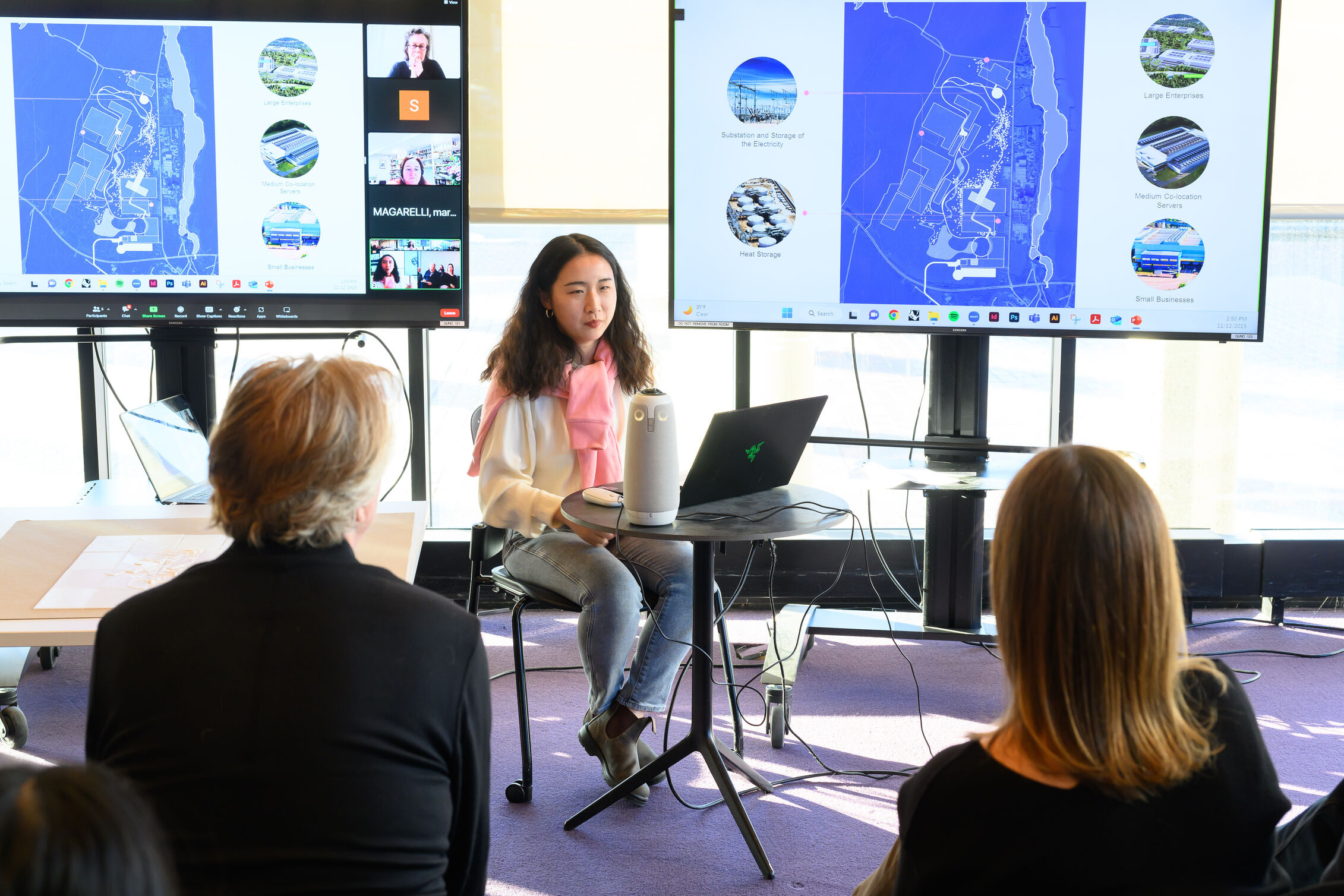
The Master of Landscape Architecture (MLA) program is accredited by the Landscape Architectural Accreditation Board. Combined with practical experience, it meets the requirements for licensure in all fifty states and the District of Columbia.
STUDENT PROJECTS
-
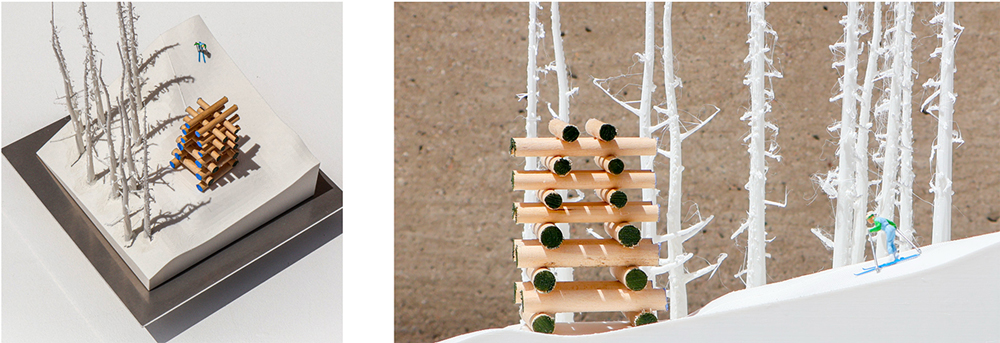
After Snow: The Case for an Alpine Public
Cory Robinson Page (MLA I/MUP ’25), Kira Clingen -
-
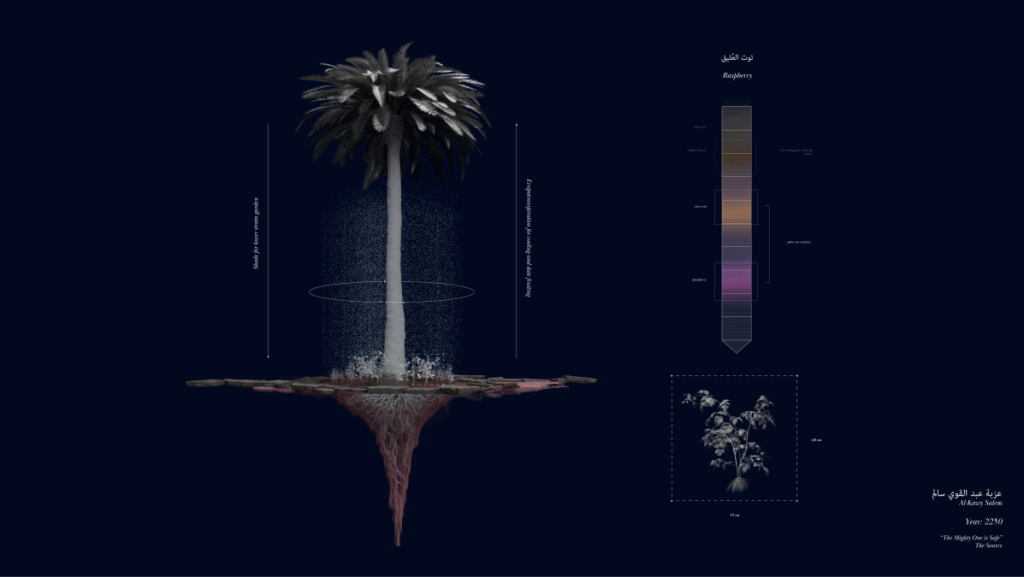
Chemical Occupations: Anti-Colonial Reactions in the Desert
Issam Azzam, Rosalea Monacella -
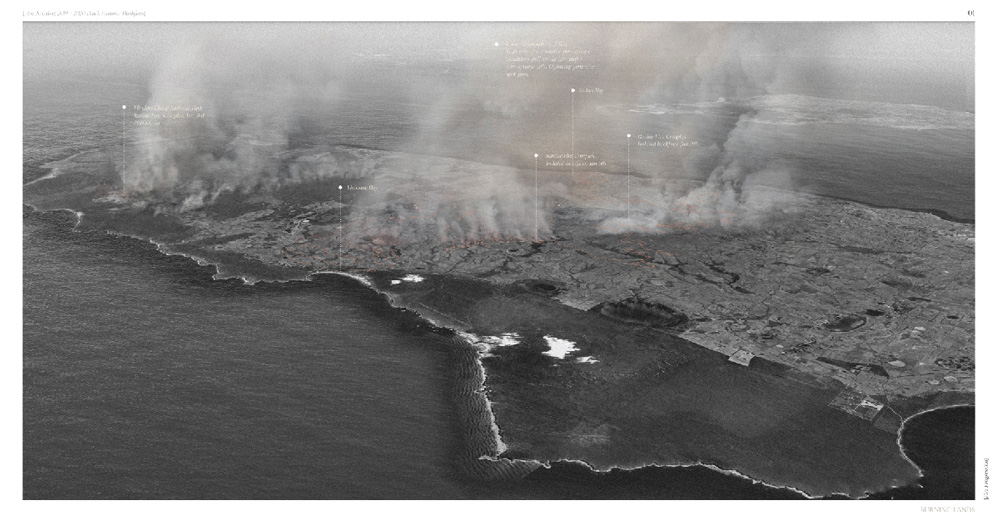
Seeding Grounds: Working Beyond Arcadia in The Pyrocene
Stewart Crane Sarris (MLA I ’24), Craig Douglas -

INSURGENT GEOLOGY: Mineral Matters in the Arctic
Melanie Louterbach (MLA I ’24), Rosalea Monacella -
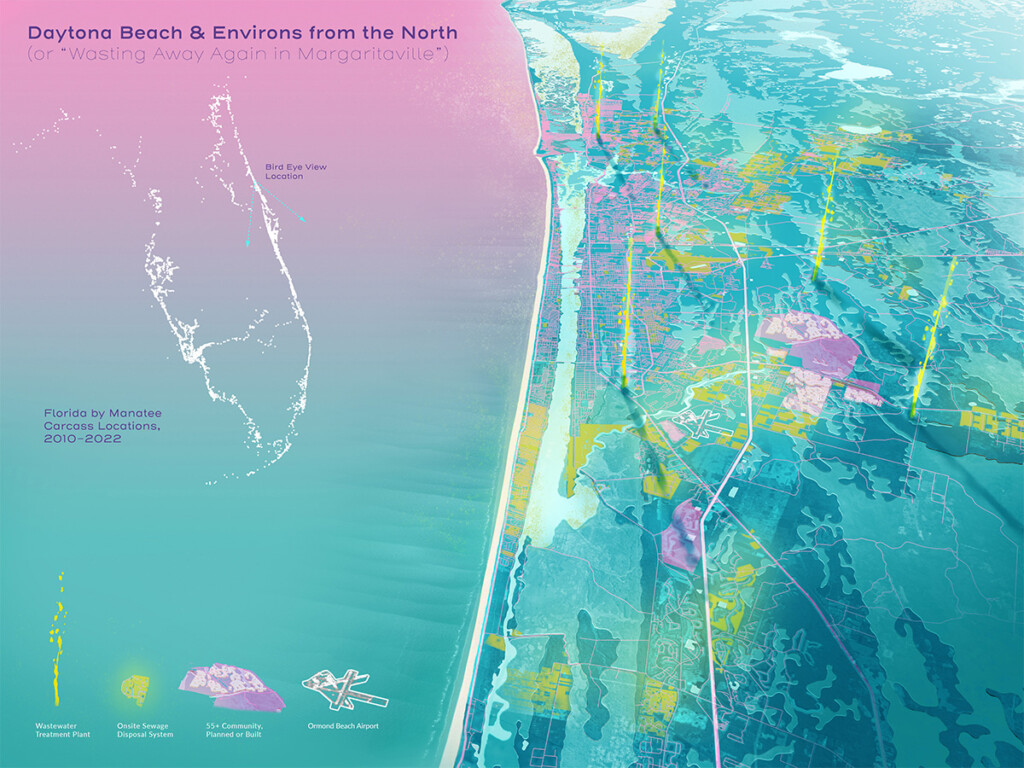
Manatees and Margaritas: Toward a Strange New Paradise
Kevin Robishaw (MLA I ’23), Craig Douglas -

The Echoes of Sky River – Two Pre-modern and Modern Atmospheric Assemblages
Liwei Shen (MLA I '22), Sergio Lopez-Pineiro -
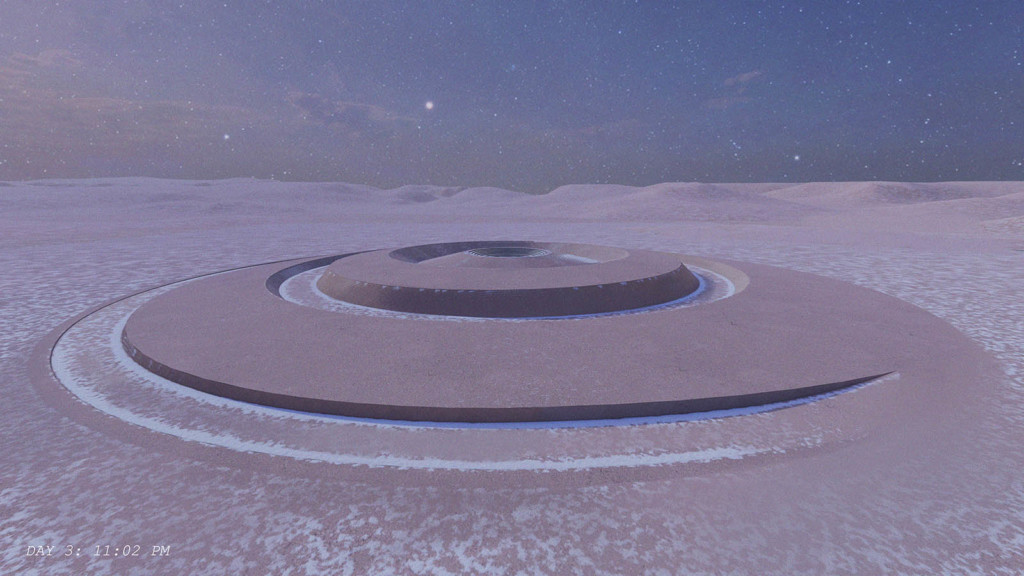
Reciprocal Optimism: Projecting Terrestrial Analogues
Lucy Humphreys Chebot (MLA I '22), Danielle Choi -

Bracing Peter Bracy
Hana Cohn (MLA I '24), Youngju Kim (MAUD ’23), Arami Matevosyan (MDes ’22), Naksha Satish (MAUD ’22), Gina Ford, Rhiannon Sinclair -
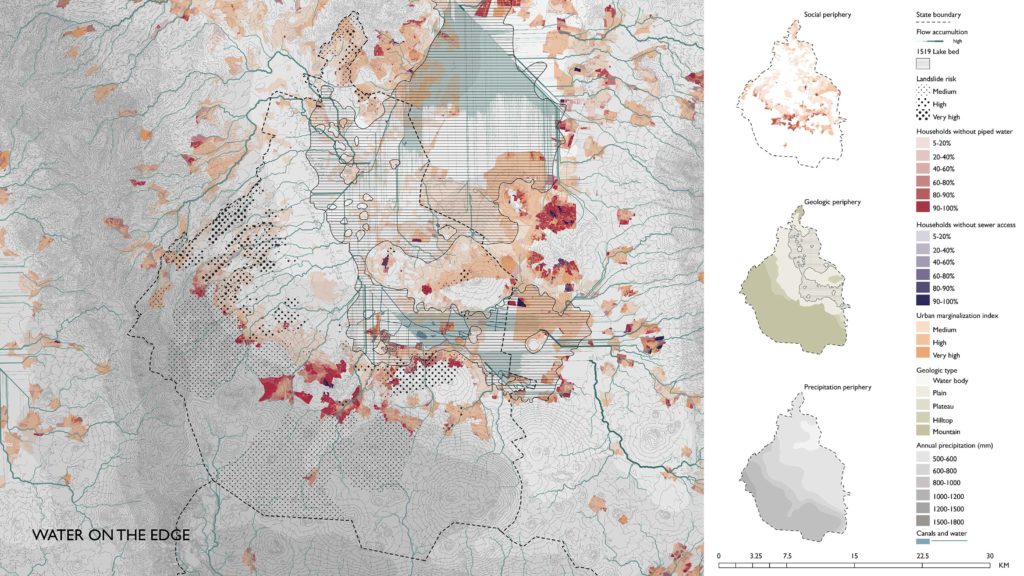
Water at the Edge: Towards Water Independence for Mexico City’s INFONAVIT Housing
Ciara Stein (MLA I/MUP ’21), Montserrat Bonvehi Rosich, Seth Denizen
